LEARN TO SWIM FREESTYLE BACKWARD
There is no doubt in my mind that anyone can learn how to swim and anyone can swim with ease if the right approach to learning is taken. In order to convey a certain feeling or a message to the swimmers and to keep swim workouts interesting, every coach should once in a while think outside the box.
Nothing is more boring than doing the same workout routines over and over with only slight variations.
So let's spice up your today's swim workout with backward swimming.
Quick Jump To:
- 🎥 Watch: Backward Freestyle in Action
- How To Swim Freestyle Backward
- Body Position and Streamline
- Hip Rotation and Body Roll
- Head Position and Balance
- Arm Motion and Propulsion
- Breathing Technique
- Training Sets and Variations
- 🎥 Watch: The Backwards Man :)
- Beyond Freestyle Backward Swimming
- FAQ
I use this technique with my swimmers quite frequently and it always is fun for them to do and definitely fun to watch.
Most importantly though, in addition to being only fun, it also serves a specific purpose.
🎥 Video: Backward Freestyle in Action
Here is a video of backward freestyle in action:
How To Swim Freestyle Backward
First, let's focus on how to swim freestyle backward (just to clarify, I am talking about swimming on your stomach feet first).
The most important advice I can give you here is to attempt to mimic all the aspects of a good freestyle stroke into the backward swimming.
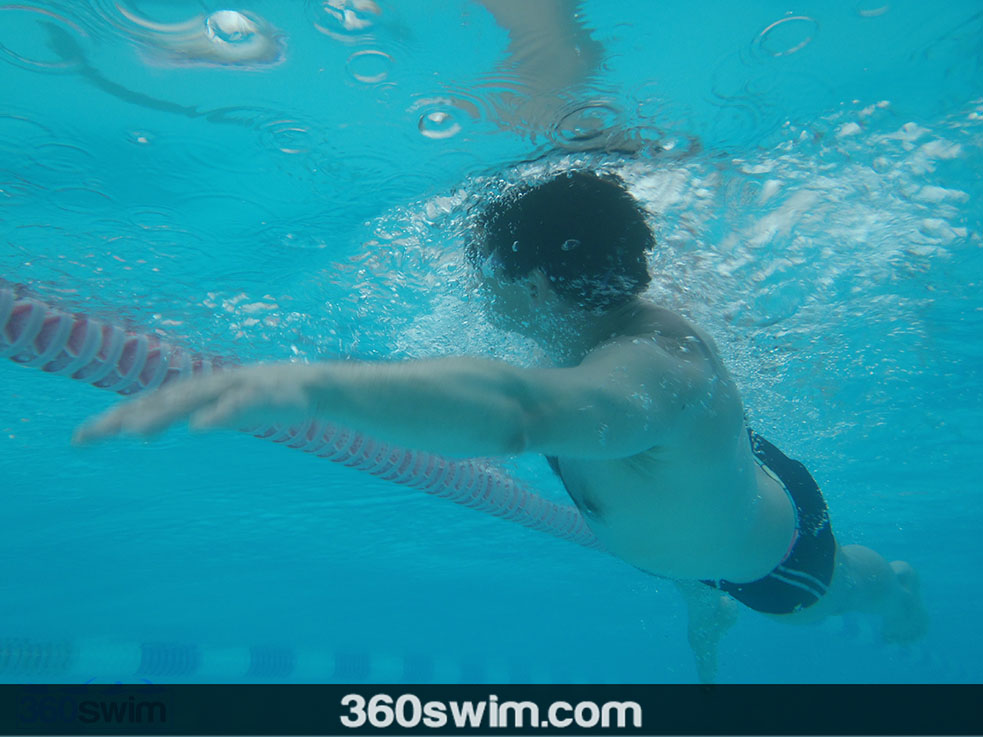
Body Position and Streamline
Streamline your body means to keep your legs pointed straight forward and keep your toes together like a ballerina.
Avoid kicking with your feet. Just trust the water and balance yourself in a very similar way as you would during side kicking exercises.
Hip Rotation and Body Roll
The next thing is to roll your hips as you are supposed to during regular freestyle swimming.
Backward swimming is no exception, you will rotate your body from side to side. So stay away from flat stomach swimming.
Head Position and Balance
Keep your head low as if pressing your chest and head into the water. This will help your legs stay at the surface.
Try to use your lower back and glutes to keep your legs afloat.
Now pay close attention, the next tip is important.
Arm Motion and Propulsion
Your palms should not be rotated outwards, instead, swim with the top of your hands and forearms.
I wasn't kidding when I said it is total backward freestyle, so even the underwater motion of your arms is just the opposite of what you'd do when swimming regular freestyle.
So keep those palms always facing back and use the top of the hands and forearms to propel yourself forward.
You may wonder why?
Well, to work on different muscle groups in your arms for a change.
Maintain a nice and long body line by making sure you extend your arms as far forward as possible during your body roll.
By extending forward with your arms you are adding more weight to the front of your body thus allowing your legs to stay closer to the surface.
Breathing Technique
The last and the most complicated skill to master is the breathing.
You need to get a good mental understanding of what supports you in the water and how you balance yourself on a side without spreading your legs apart.
Without gaining practice in the support and balance skills, you will have a tough time to breathe.
Breathing is performed in a similar fashion as in freestyle by rotating your head to the side while your top arm is moving back to the entry position by the hip.
Restrain from breathing backward, instead press deeper into the water with your front arm and chest and make sure to be rolled to the side.
If the breathing is too complicated, you can always try to keep it simpler by utilizing the frontal snorkel.
You might think this is a totally useless exercise.
However, let's think a bit more about what happens to your body and what you are practicing by swimming backward.
You are forced to rediscover your balance in the water, your trust in the water support, your head position during breathing, also your early vertical forearm placement and probably many other things.
Finally, you are giving your shoulders a counterforce which should make them stronger and healthier in the long run as you exercise both directions (if you don't over do it).
Training Sets and Variations
The sets I like to do with backward freestyle are very short not to stress the shoulders too much.
For example 4x25 with 30 seconds rest or 4x50 (25 backward swim and 25 all-out freestyle swim) with 1-minute rest. You will be amazed at how awesome it feels to sprint right after you swam backward.
It's almost as if you had some antipaddles on and then took them off. You should feel very powerful.
You can combine the sets with counting how many strokes you take per 25 and then try to minimize that count by improving your backward pull, your breathing, and your body position.
If you’re advanced, try using techpaddles with wrist straps for added challenge.
🎥 Watch: The Backwards man
Beyond Freestyle Backward Swimming
Even though I only talk about backward freestyle swimming in this post, a similar principle can be applied to all the other strokes, however, this is a bit more challenging to master and the benefit is not as high as in the backward freestyle swim.
I'd suggest getting accustomed to freestyle backward swimming before going the route to explore other backward strokes.
So go out there, be patient with it and get out of your swimming routines and swim outside the box today.
Rome was not built in a day and the world was not created in 7 days (even though some crazies still believe this in the 21st century :)), so getting to understand your body in the water while swimming backward freestyle takes some time as well. Enjoy.
Frequently Asked Questions
What is backward freestyle swimming?
Backward freestyle is swimming on your stomach feet-first, performing movements opposite to regular freestyle. It helps improve balance, body control, and awareness in water.
What are the main benefits of swimming freestyle backward?
It strengthens shoulder stabilizers, improves balance and body roll, enhances water feel, and increases awareness of body alignment. It’s also a fun way to break routine in training.
How do I stay balanced when swimming backward?
Keep your head and chest pressed slightly into the water, engage your core, and point your toes like a ballerina. Avoid kicking and focus on maintaining a long body line.
How should I breathe when swimming backward?
Breathe to the side as in normal freestyle, rotating your head as your top arm moves by your hip. Press your chest and front arm down to support your body during breathing. Alternatively, you may choose to use the front snorkel to eliminate the need to turn your head to breathe.
Is it safe to practice backward swimming for long sets?
Keep sets short (e.g., 4×25 or 4×50 with rest) to avoid shoulder strain. As with any drill, overuse can cause fatigue, so focus on technique rather than distance.
Can I use equipment for backward swimming?
Yes. You can use a frontal snorkel for easier breathing or techpaddles for added resistance once you master the movement. Avoid fins, as they make backward swimming harder to control.
Can I apply backward swimming to other strokes?
Yes, but start with freestyle. The same concept can apply to other strokes, though the coordination and benefits are greatest with freestyle.
 LNURL1DP68GURN8GHJ7URP0YHRXD3SWDMKJMFWVDHK6TMVDE6HYMRS9A4HSCNCWFXSH3NN0H
LNURL1DP68GURN8GHJ7URP0YHRXD3SWDMKJMFWVDHK6TMVDE6HYMRS9A4HSCNCWFXSH3NN0H
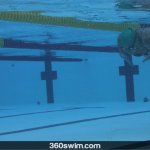
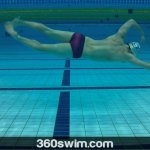
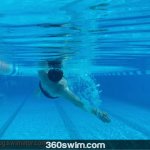
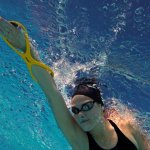

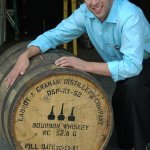
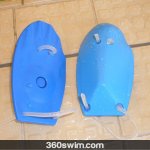



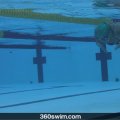
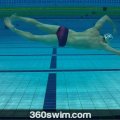
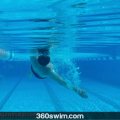
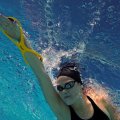
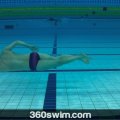

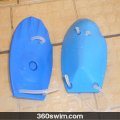
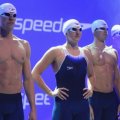


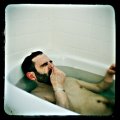

















Comments (1)